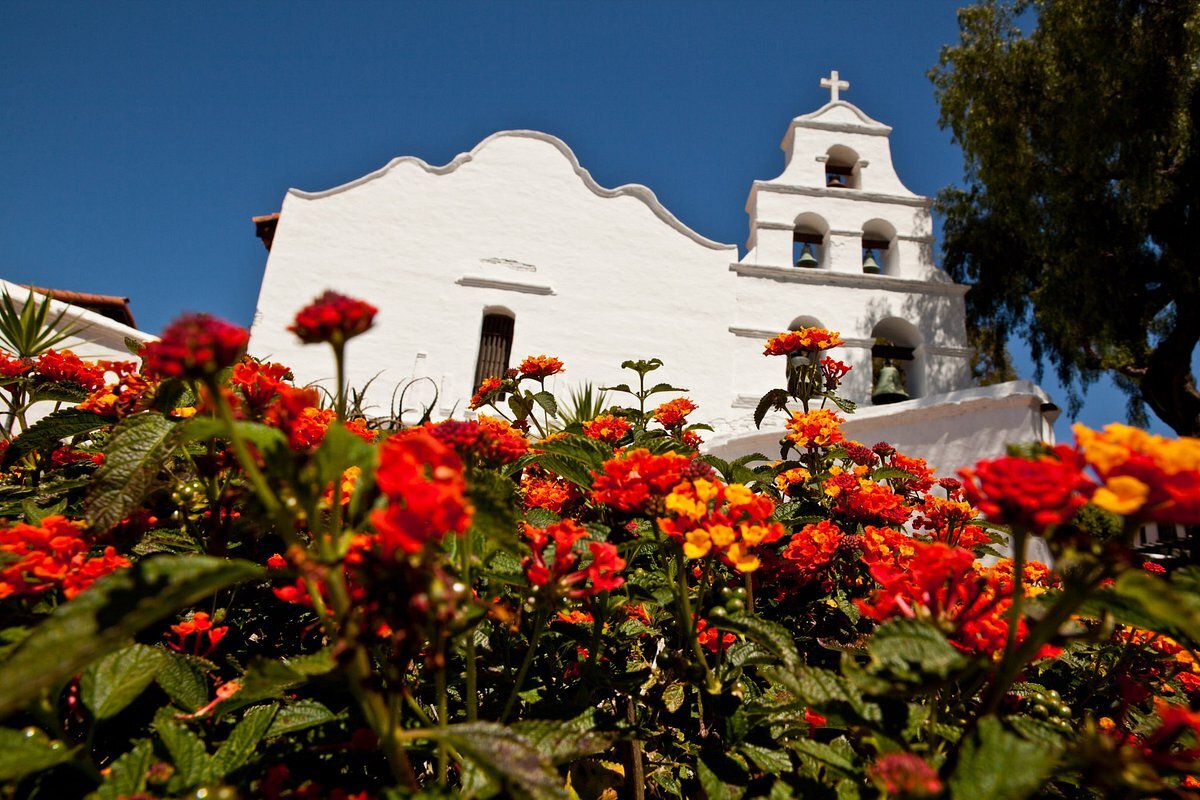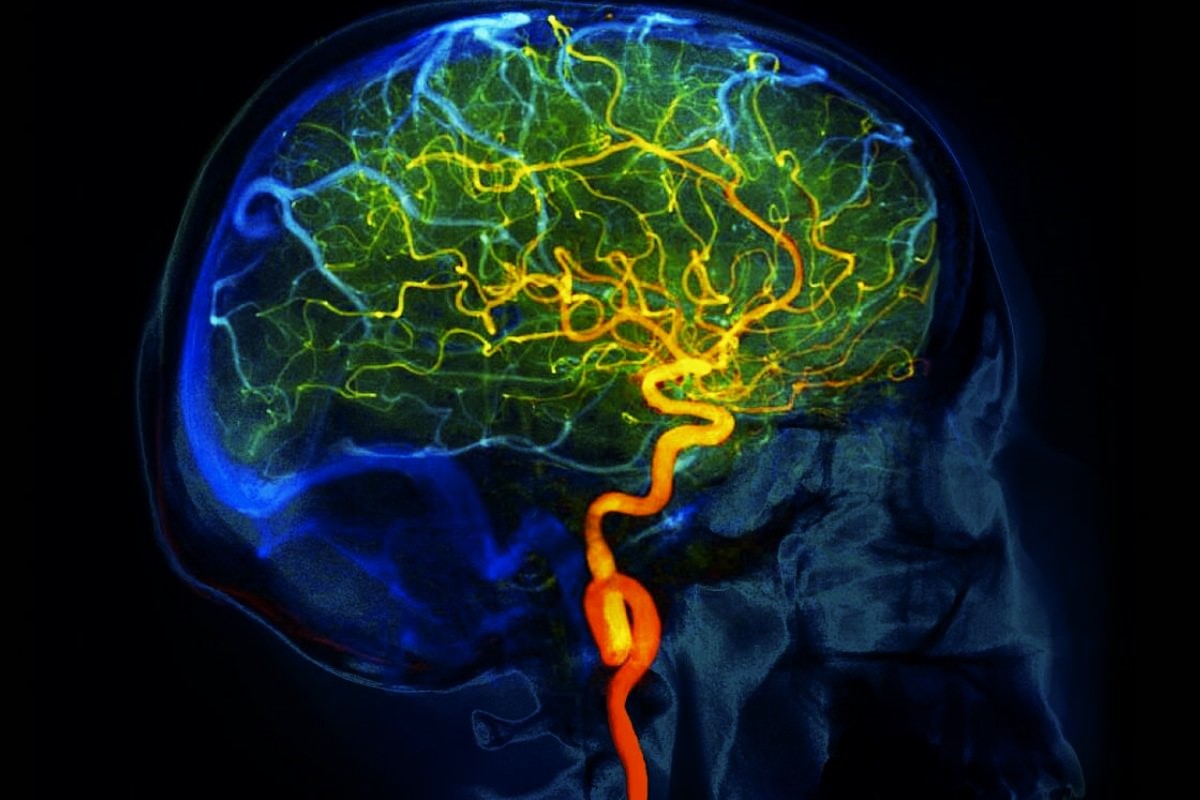
Mission San Diego de Alcalá stands as a significant landmark in California's history. Founded in 1769 by Spanish Franciscan friar Junípero Serra, it was the first of 21 missions established in California. This mission played a crucial role in spreading Christianity among the Native American population and served as a hub for agriculture, education, and culture. Did you know that Mission San Diego de Alcalá was originally located near the Presidio of San Diego but was moved six miles east due to water scarcity? Today, it remains an active parish and a historical site, attracting visitors from around the world. Ready to learn more? Here are 32 great interesting facts about this iconic mission!
Key Takeaways:
- Mission San Diego de Alcalá, founded in 1769, was the first of California's 21 missions, blending Spanish, Moorish, and Native American influences in its architecture and playing a significant role in San Diego's cultural heritage.
- The mission's rich history includes challenges, restorations, and ongoing preservation efforts, making it a popular tourist attraction and an active parish, with a lasting impact on San Diego's economy and cultural landscape.
The Founding of Mission San Diego de Alcalá
Mission San Diego de Alcalá holds a rich history as the first of the 21 California missions. Let's explore some fascinating facts about its founding.
-
Founded in 1769: Mission San Diego de Alcalá was established on July 16, 1769, by Spanish Franciscan friar Junípero Serra. It marked the beginning of the mission system in California.
-
Named After Saint Didacus: The mission was named in honor of Saint Didacus of Alcalá, a Spanish Franciscan lay brother known for his piety and humility.
-
First European Settlement in California: This mission was the first permanent European settlement on the West Coast of the United States.
-
Strategic Location: The mission was strategically located near the San Diego River, providing access to water and fertile land for agriculture.
Architectural Marvels of the Mission
The architecture of Mission San Diego de Alcalá is a blend of Spanish, Moorish, and Native American influences. Here are some intriguing details about its construction and design.
-
Adobe Bricks: The mission's original buildings were constructed using adobe bricks, a traditional building material made from earth and organic materials.
-
Bell Tower: The mission's iconic bell tower, with its five bells, is a prominent feature. Each bell has a unique tone and purpose, from calling people to worship to signaling danger.
-
Quadrangle Layout: The mission was designed in a quadrangle layout, with buildings arranged around a central courtyard. This design provided security and facilitated communal living.
-
Restorations: Over the centuries, the mission has undergone several restorations to preserve its historical integrity. The most significant restoration occurred in the early 20th century.
Life at the Mission
Life at Mission San Diego de Alcalá was a blend of religious, agricultural, and communal activities. Here are some insights into daily life at the mission.
-
Self-Sustaining Community: The mission was a self-sustaining community with its own farms, workshops, and living quarters. It produced crops like wheat, barley, and corn.
-
Native American Involvement: The mission relied heavily on the labor of Native American converts, known as neophytes. They were taught European agricultural techniques and crafts.
-
Religious Education: Religious education was a central aspect of life at the mission. Native Americans were baptized and instructed in the Catholic faith.
-
Healthcare: The mission had a rudimentary healthcare system, with friars providing basic medical care to the community.
Challenges and Conflicts
Mission San Diego de Alcalá faced numerous challenges and conflicts throughout its history. Here are some notable events.
-
Native American Revolt: In 1775, the mission was attacked and burned by Native Americans who resisted Spanish colonization. Father Luis Jayme was killed during the attack.
-
Rebuilding Efforts: After the 1775 attack, the mission was rebuilt with stronger defenses, including a stockade and fortified buildings.
-
Secularization: In the 1830s, the Mexican government secularized the missions, transferring their lands and assets to private individuals. This led to the decline of the mission system.
-
American Period: After California became part of the United States in 1848, the mission was used for various purposes, including a military barracks and a school.
Cultural and Historical Significance
Mission San Diego de Alcalá holds significant cultural and historical importance. Here are some reasons why it remains a vital part of California's heritage.
-
National Historic Landmark: In 1970, the mission was designated a National Historic Landmark, recognizing its historical and architectural significance.
-
Tourist Attraction: Today, the mission is a popular tourist attraction, drawing visitors from around the world who come to learn about its history and architecture.
-
Cultural Events: The mission hosts various cultural events, including reenactments, festivals, and educational programs that celebrate its history and heritage.
-
Religious Services: The mission continues to function as an active parish, holding regular religious services and ceremonies.
Unique Features of the Mission
Mission San Diego de Alcalá boasts several unique features that set it apart from other California missions. Let's take a closer look.
-
Rose Garden: The mission's rose garden is a beautiful and serene space, featuring a variety of rose species that bloom throughout the year.
-
Museum: The mission houses a museum that displays artifacts, documents, and exhibits related to its history and the broader mission system.
-
Archaeological Discoveries: Ongoing archaeological excavations at the mission site have uncovered artifacts and structures that provide insights into its past.
-
Educational Programs: The mission offers educational programs for students and visitors, including guided tours, workshops, and lectures.
The Mission's Influence on San Diego
Mission San Diego de Alcalá has had a lasting impact on the city of San Diego. Here are some ways in which the mission has influenced the region.
-
Place Names: Many place names in San Diego, including Mission Valley and Mission Bay, are derived from the mission.
-
Architectural Influence: The mission's architectural style has influenced the design of many buildings in San Diego, contributing to the city's unique aesthetic.
-
Cultural Heritage: The mission's history and legacy are an integral part of San Diego's cultural heritage, celebrated through museums, festivals, and educational programs.
-
Economic Impact: As a major tourist attraction, the mission contributes to San Diego's economy by drawing visitors who support local businesses.
Preservation Efforts
Preserving Mission San Diego de Alcalá for future generations is a priority. Here are some efforts to maintain and protect this historic site.
-
Restoration Projects: Ongoing restoration projects aim to preserve the mission's buildings and artifacts, ensuring their longevity.
-
Community Involvement: Local community groups and volunteers play a vital role in preservation efforts, contributing time and resources to maintain the mission.
-
Funding and Grants: The mission receives funding and grants from various sources, including government agencies and private donors, to support preservation initiatives.
-
Educational Outreach: Educational outreach programs raise awareness about the mission's historical significance and the importance of preservation.
Final Glimpse at Mission San Diego de Alcalá
Mission San Diego de Alcalá stands as a testament to California's rich history. From its humble beginnings in 1769, it has witnessed countless events shaping the region. The mission's architecture, blending Spanish and Native American influences, tells a story of cultural exchange and adaptation. Its gardens and artifacts offer a window into the past, making it a must-visit for history buffs and curious minds alike. Whether you're interested in religious history, architecture, or the stories of the people who lived there, Mission San Diego de Alcalá has something to offer. It's not just a historical site; it's a living piece of California's heritage. So, next time you're in San Diego, take a moment to explore this remarkable mission. You'll leave with a deeper appreciation for the history that shaped the Golden State.
Frequently Asked Questions
Was this page helpful?
Our commitment to delivering trustworthy and engaging content is at the heart of what we do. Each fact on our site is contributed by real users like you, bringing a wealth of diverse insights and information. To ensure the highest standards of accuracy and reliability, our dedicated editors meticulously review each submission. This process guarantees that the facts we share are not only fascinating but also credible. Trust in our commitment to quality and authenticity as you explore and learn with us.


